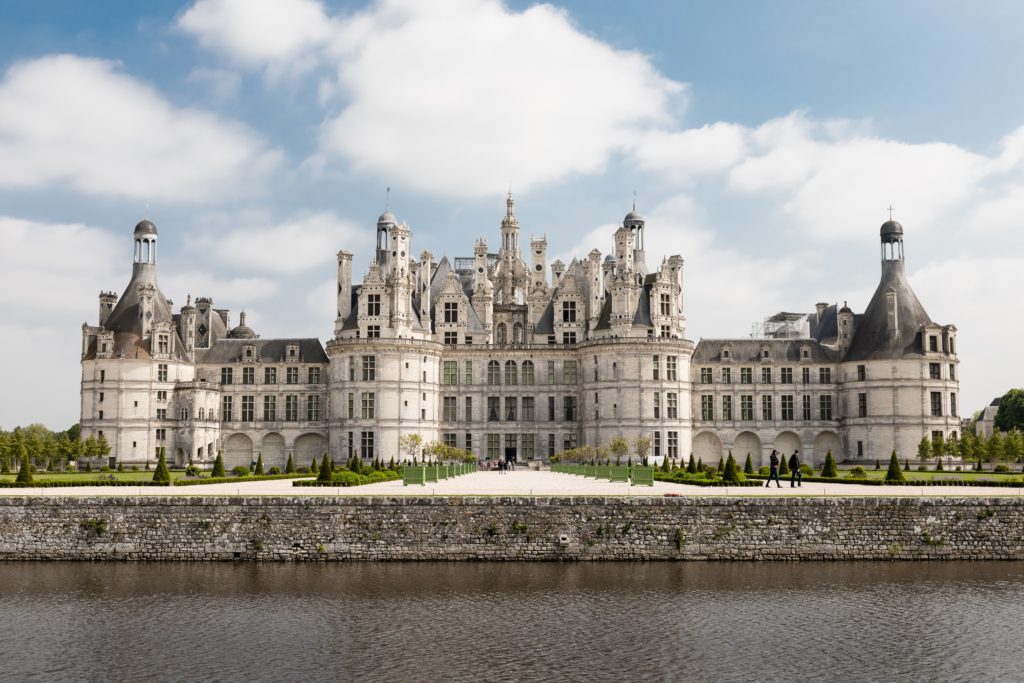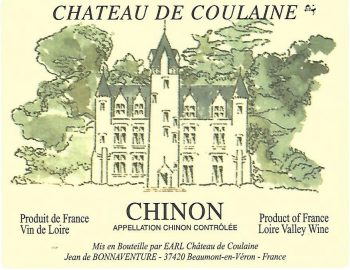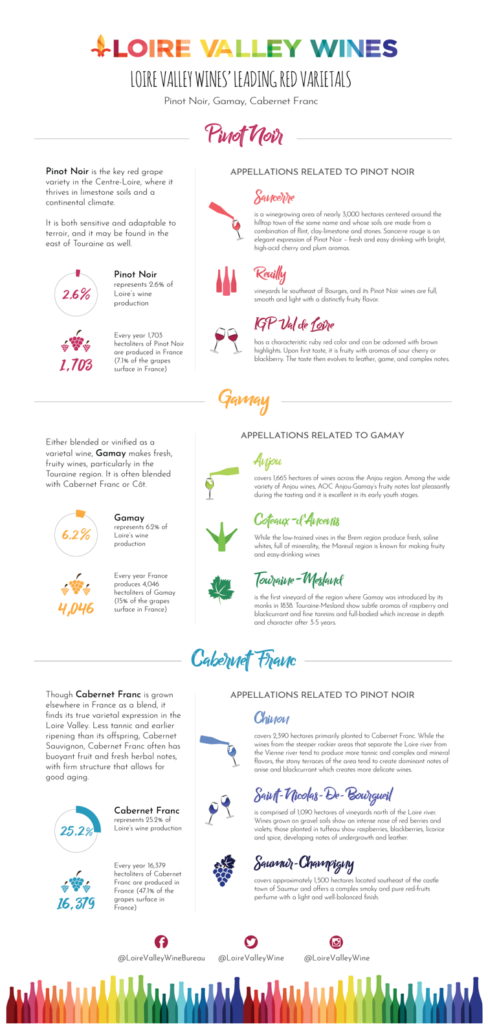
The Loire Valley is home to grand chateaux and the equally grand, but, perhaps, lesser known grape variety, Chenin Blanc. Discovered between the 10th and 15th centuries, Chenin Blanc has a lengthy history in the Loire Valley, with its name supposedly derived from the monastery of Mont-Chenin near Cormery in Touraine.
Although Chenin was somewhat abandoned in the Loire in the 1970’s in favor of Cabernet Franc and Gamay, it is finding its deserved resurgence, becoming more popular within wine circles as of late. Moreover, Master Sommelier, Pascaline Lepeltier has been championing the variety for quite some time.
And, while the grape has since migrated to other parts of France, notably the South West, as well as California and South Africa, it is in the Loire Valley (which accounts for 95% of France’s plantings of the variety) that it really shines.
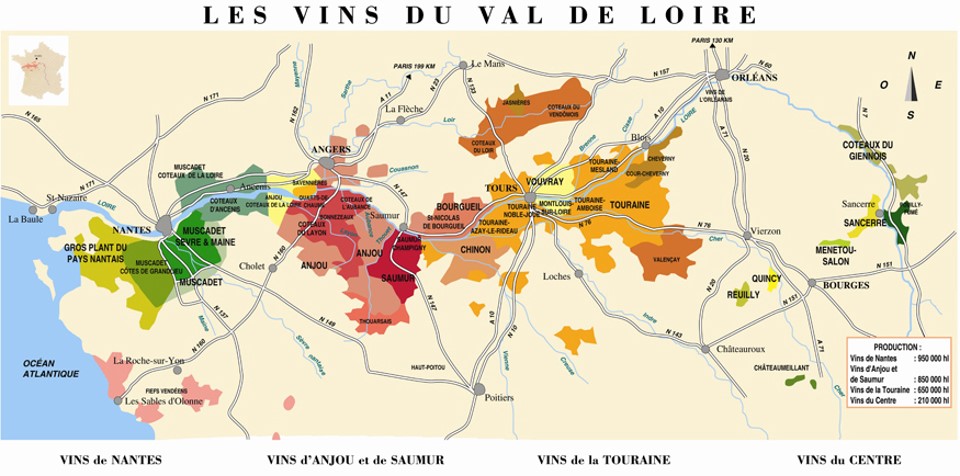
Yet, despite Chenin Blanc’s long tenure in the Loire, it is not easily recognized on the shelf given that it is labeled by geographic appellation, rather than grape name. In this case, some of the important names to know are Saumur and Savennières.
Additionally, Chenin can be somewhat of a chameleon in that it takes well to different types of wine production, producing a wide range of wine styles from bone dry to lusciously sweet, still and sparkling and with or without oak, malo-lactic fermentation and lees aging. Given this diversity of styles, there is a wealth of options from which to choose.
Regardless of production style, among its various characteristics, Chenin is high in acidity making it very food friendly as it cleanses the palate between bites. Its aromas and flavors tend toward fruit: citrus, apples and (the more exotic) quince; floral: honeysuckle and chamomile; and honey, wax, and lanolin.
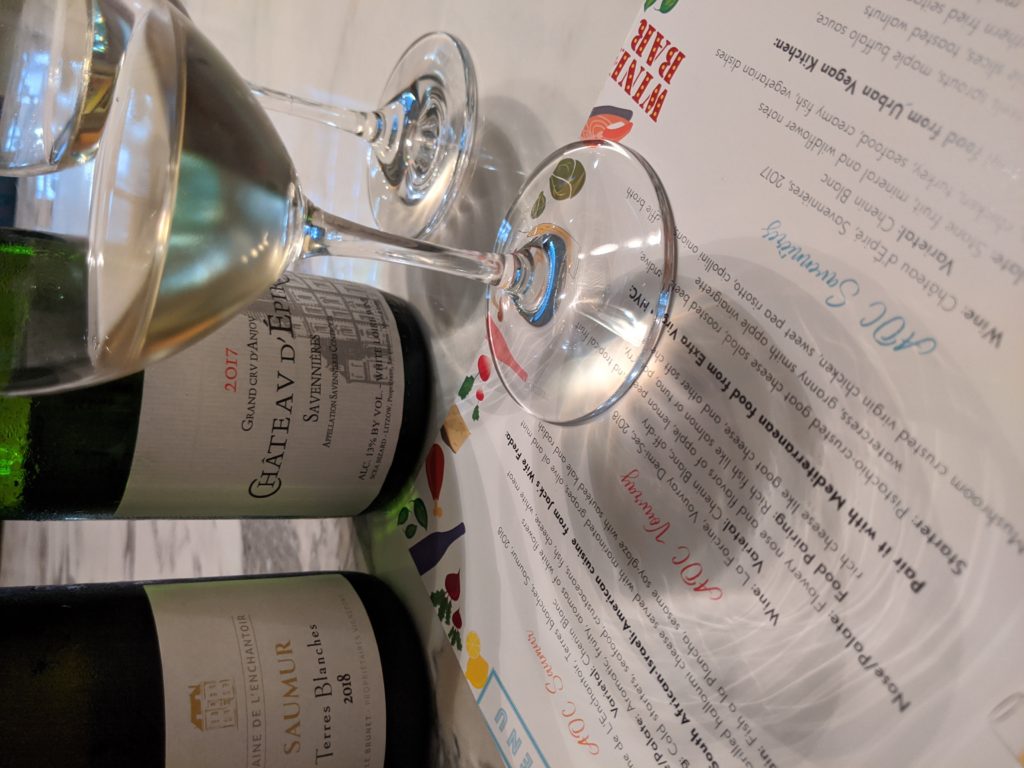
During this time of social distancing and a greater emphasis on staying home, this is a wonderful option to try a selection of wines paired with your delivery or take-out.
In this vein, I was recently given the opportunity to taste through several iterations of this grape, paired with the Mediterranean cuisine of Extra Virgin NYC. This black owned restaurant, situated in the West Village, draws from “coastal fare from Italy and France” and has been open for 16 years.
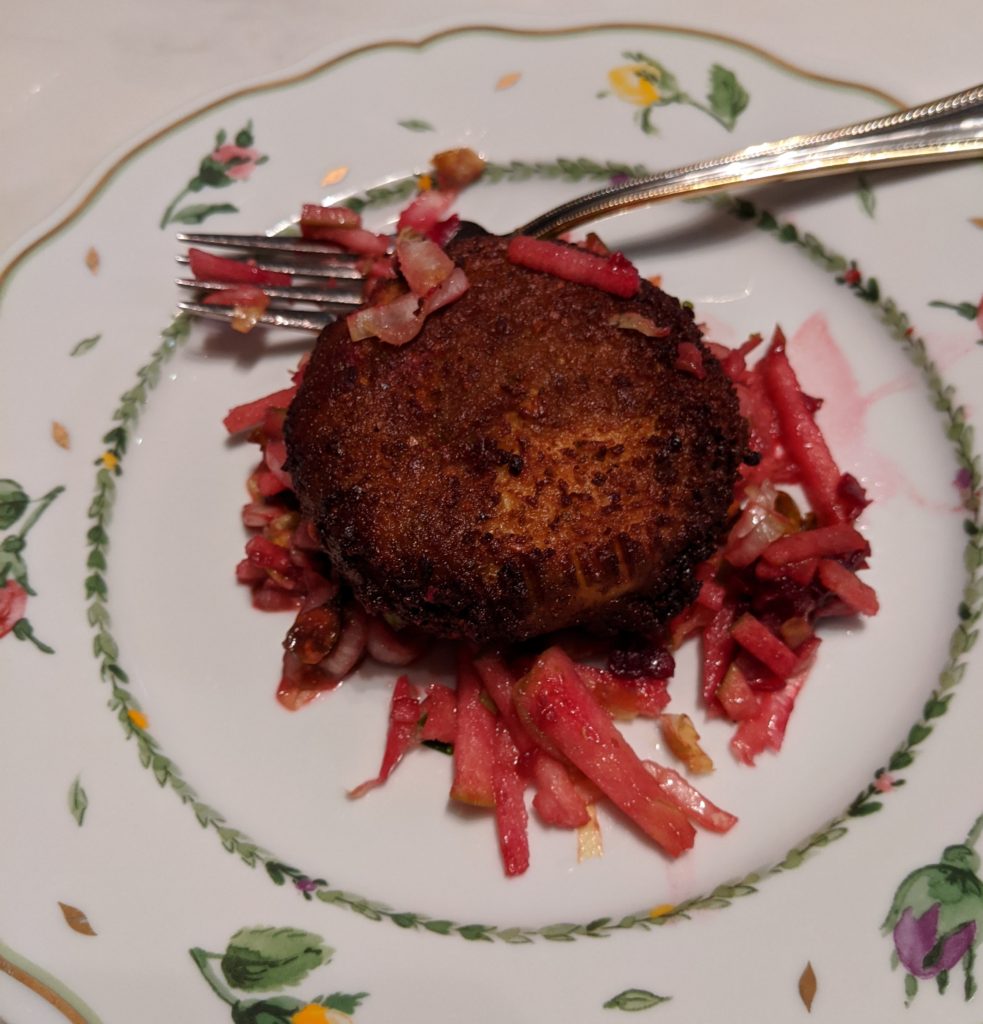
My delicious dinner consisted of a pistachio-crusted goat cheese salad with roasted beets, endive, watercress, granny smith apple vinaigrette, followed by mushroom crusted virgin chicken with sweet pea risotto, Cipollini onions and truffle broth. Both dishes were a great match for the Chenin wines.
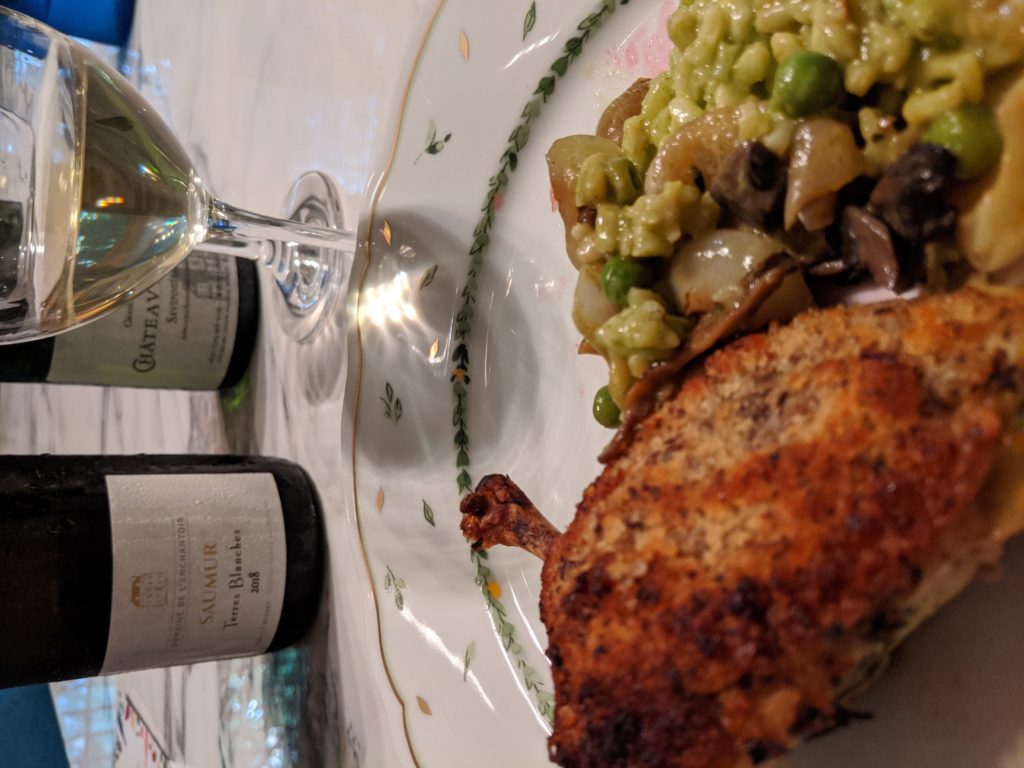
TASTING NOTES
Domaine de l’Enchantoir Saumur Blanc “Terres Blanches” 2018, Loire Valley, France, $20.00
Run by the Brunet family, this domaine has been farming organically since 2010. Aromas of stone fruit/apricot on the nose give way to a dry, rich and round palate with medium+ acidity, medium body, notes of red apple and very long length.
Chateau d’Epire Savennières 2017, Loire Valley, France, $25.00
Chateau d’Epire is one of the oldest domaines in the Savennières appellation, with a history that dates back to Roman times with ownership by the Bizard family continuously since the 17th century. Exotic notes of lanolin, peach and white flowers dominate the nose and persist on the dry palate, along with high acidity, medium+ body, some minerality and long length.
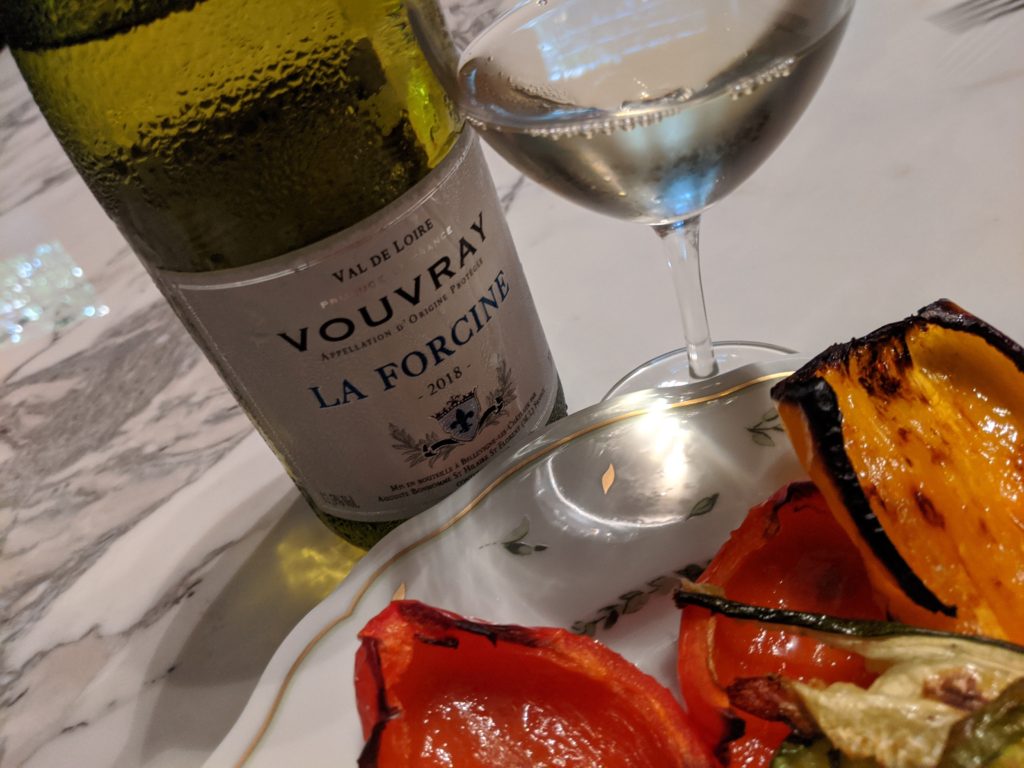
La Forcine Vouvray Demi Sec 2018, Loire Valley, France, $13.00
Produced by August Bonhomme, La Forcine is widely applauded as a value driven Vouvray. With a pronounced nose of floral and stone fruit notes, this off-dry wine is balanced with medium+/high acidity, medium+ body and long length.

Extra Virgin NYC
259 West 4th Street, New York, NY 10014
Currently open for delivery and take-out as well as limited outdoor dining, proprietors Michelle Gaton and Joey Fortunato are asking for support to close their block to vehicular traffic and permit more space for outdoor eating.

